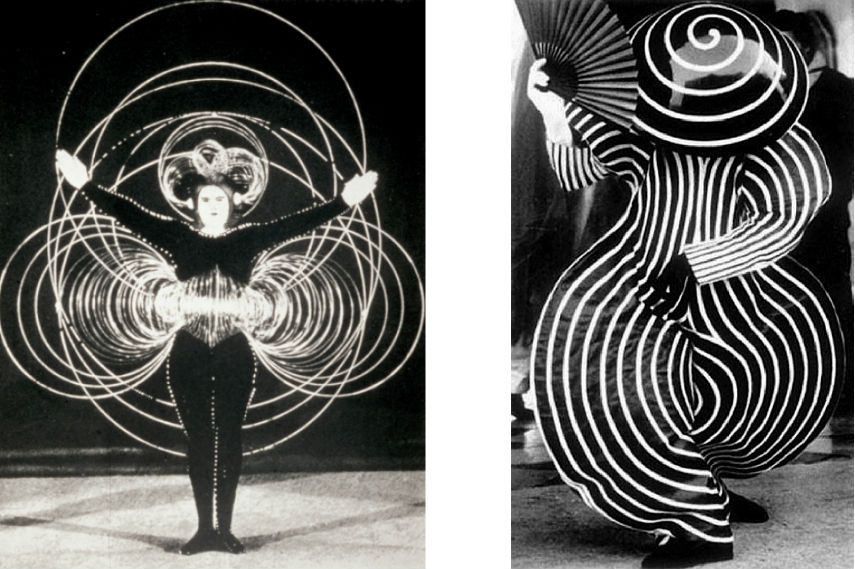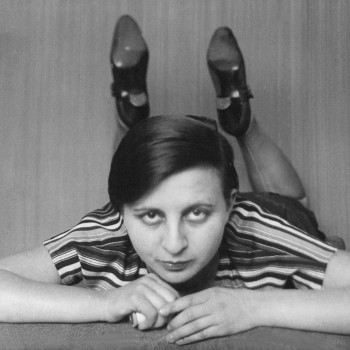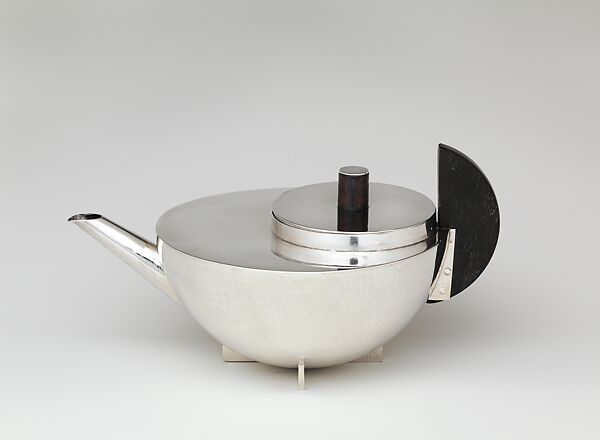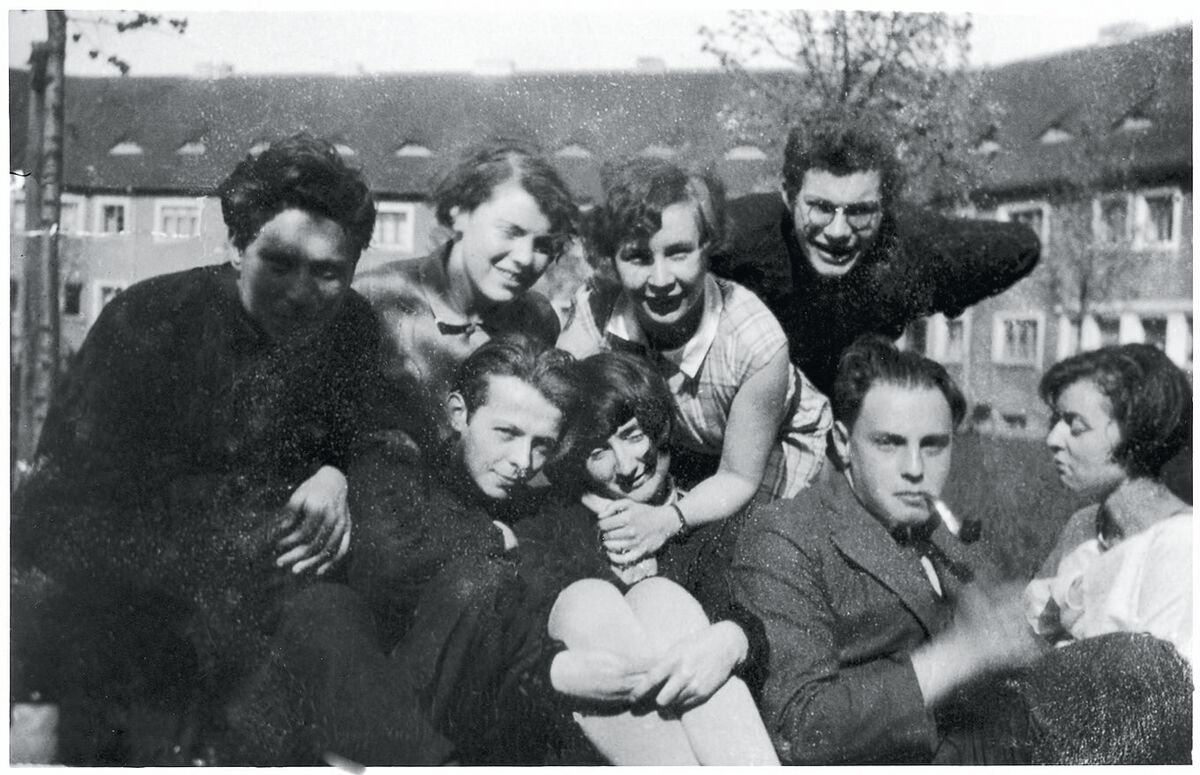
The State Bauhaus was founded by Walter Gropius as a school of arts in Weimar in 1919. As the Bauhaus was a combination of crafts and arts, its nature and concept was regarded as something completely new back then. Today, the historical Bauhaus is the most influential educational establishment in the fields of architecture, art and design. The Bauhaus existed from 1919 to 1933 and today the world considers it to be the home of the avant-guard of classical modern style in all fields of liberal and applied arts. The resonance of the Bauhaus can still be felt today, essentially characterizing the image of German design abroad.
In March 1919, Walter Gropius became the head of the Weimar Academy of Fine Arts, which he united with the former School of Arts and Crafts to establish the State Bauhaus Weimar. In addition to architecture and painting, the corresponding Bauhaus Movement also included dancing, the theater and photography. Today, as in the past, Bauhaus stands for a pursuit of a radical modernization of arts. Moreover, the Bauhaus has roots in German expressionism, as the photographer L. Moholy-Nagy and artists such as Lyonel Feininger, Oskar Schlemmer, Wassily Kandinsky and Paul Klee were involved in the Bauhaus.

Walter Gropius

Walter Gropius was the founder of the Bauhaus and remained committed to the institution that he invested in throughout his life. He was a Bauhaus impresario in the best possible sense, a combination of speaker and entrepreneur, a visionary manager who aimed to make art a social concern during the post-war upheaval. After his departure as the Bauhaus’s director, Gropius recommended his two successors: Hannes Meyer and Ludwig Mies van der Rohe. The conservation of the Bauhaus’s legacy after its forced closure is another of Gropius’s accomplishments. He was also able to continue his career in exile in America as an avant-garde architect. A native of Berlin, Gropius came from an upper middle-class background. His great-uncle was the architect Martin Gropius, a student of Karl Friedrich Schinkel, whose best-known work was the Königliche Kunstgewerbemuseum (royal museum of applied art) in Berlin, which now bears his name. In 1908, after studying architecture in Munich and Berlin for four semesters, Gropius joined the office of the renowned architect and industrial designer Peter Behrens, who worked as a creative consultant for AEG. Other members of Behrens's practice included Ludwig Mies van der Rohe and Le Corbusier. Gropius became a member of the Deutscher Werkbund (German Work Federation) as early as 1910.


The Bauhaus Teapot by Marianne Brandt is an iconic example of the interplay between art and functionality that is at the heart of Bauhaus design. Designed in 1924 by German designer Marianne Brandt (1893-1983), this teapot is a prime example of the avant-garde aesthetic and principles of the Bauhaus school. Marianne Brandt studied at the Bauhaus in Weimar and later in Dessau, becoming the first woman to work in the school's metal workshop. Under the direction of László Moholy-Nagy, she developed her signature style, characterized by geometric forms and functionalist approaches. Throughout her career, Brandt contributed significantly to the development of industrial design, creating a wide range of objects, including lamps, ashtrays, and household appliances. The Bauhaus teapot is one of her most famous works. It is made of silver and features ebony details. Its design features a cubist-like geometric shape that stands out from the traditional ornate teapots of its time. The clean lines and simplicity of the design are an expression of Bauhaus principles, focusing on function and material. The teapot is not only an aesthetic masterpiece, but also a functional utilitarian object. The round shape of the teapot body allows the water to heat evenly, while the wide ebony handle insulates and provides a secure grip. The lid of the pot is designed to stay in place when pouring the tea and not fall off. Overall, Marianne Brandt's Bauhaus teapot embodies the harmonious combination of form and function that is so central to Bauhaus design.
